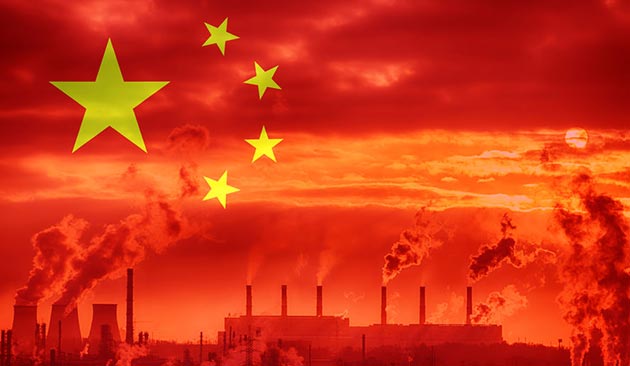CFC11 “widely produced” in China
25th June 2018USA: The Environmental Investigation Agency (EIA) claims to have evidence that illegal CFC11 is being widely produced and used in China.
The news follows last month’s revelation by the National Oceanic and Atmospheric Administration that emissions of the supposedly banned ozone-depleting gas were on the rise again.
Thirty years or more ago CFC11 (R11) was commonly used as a refrigerant and insulation foam propellant. Global CFC production was due to have finally ended by 2010 but countries had been reporting close to zero production of CFC11 since 2006. However, the new analysis claimed that emissions of CFC11 increased from 2014 to 2016 at the rate of about 13,000 tonnes a year.
An EIA report due to be published next month will claim that CFC11 production in China is on a scale consistent with the emission estimates cited in the study. It says it found “multiple” companies using CFC11 almost exclusively for use as blowing agents.
Avipsa Mahapatra, EIA climate policy lead described the findings as “outrageous” that the ozone -depleting gas “continues to be produced, used and emitted at this scale in an industry where better technology is widely available”.
“This could undermine not just the slowly healing ozone but also the global efforts to battle climate change,” she said. “We’ve shared our evidence to the Chinese government and as shocking as it is, thanks to the Montreal Protocol there is a mechanism to stop these and other atmospheric super-pollutants. It is critical to put an end to this production and use immediately if we want to protect our ozone layer and climate.”
The Cooling Post believes that the EIA report will identify eight companies in four provinces that were using CFC11 in the production of plastic foams.
An investigative report published yesterday by the New York Times suggests that the CFC is still being used in China to foam refrigerator cabinets as the gas is cheap compared to environmentally-friendly equivalents.
The Chinese authorities are now reported to be cracking down on the illegal production and use of CFC11. One refrigerator factory owner told the NY Times: “They never told us until last year that it was damaging the atmosphere. Nobody came to check what we were using, so we thought it was OK.”
Related stories:
Mysterious rise in CFC11 emissions – 16 May 2018
USA: An ozone depleting CFC refrigerant, thought to be virtually extinct following Montreal Protocol phase outs, has mysteriously reappeared in increasing amounts in the atmosphere. Read more…








